Idaho scientists help pave the way for faster-charging electric vehicles
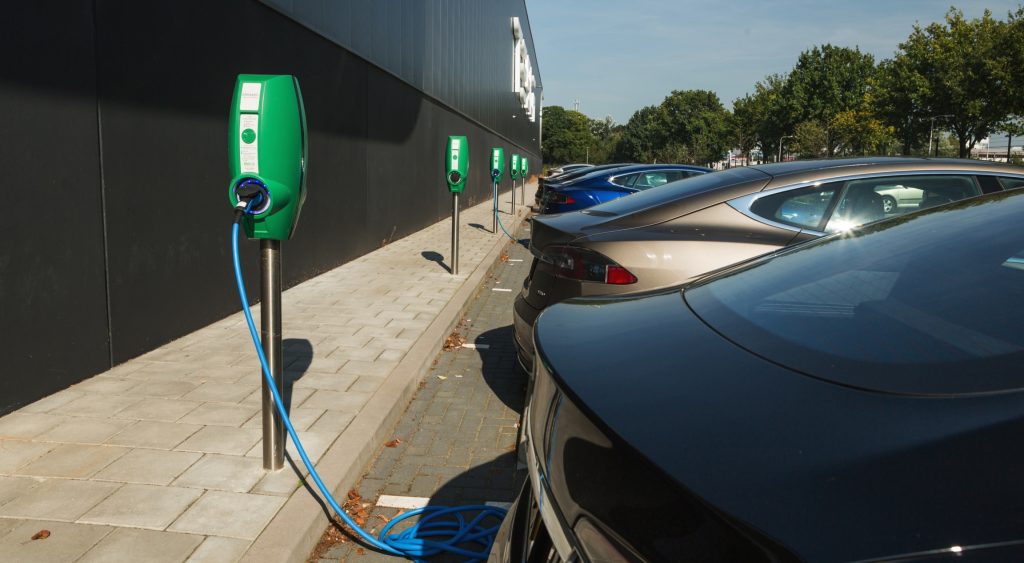
To make electric vehicles as competitive as gas vehicles, one challenge remains: How do you charge an EV as quickly as you can fill up a gas tank?
INL’s open-source software is available at github.com/idaholab
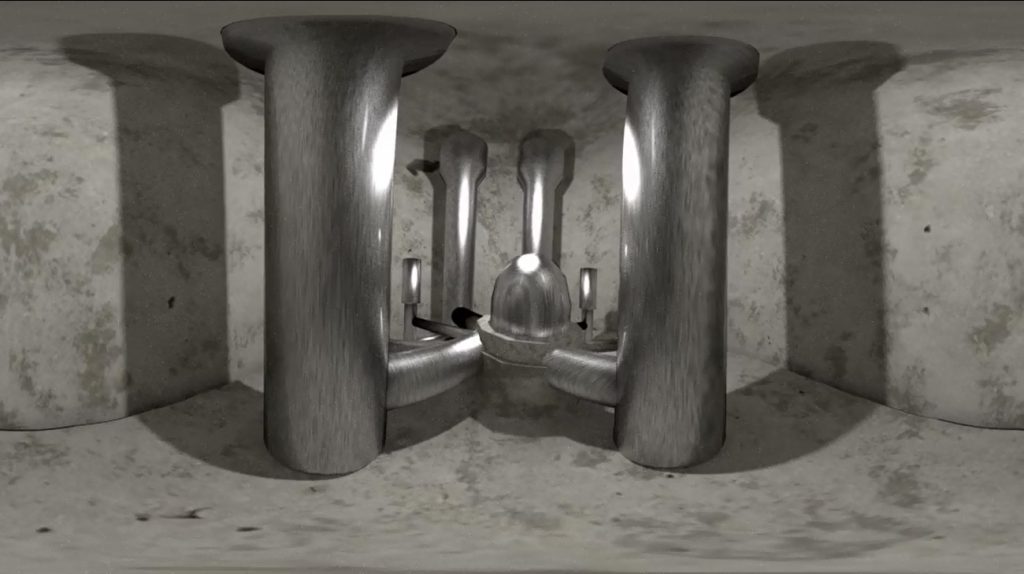
INL released new open-source software projects that are available to the public and open to collaboration directly with researchers outside of the lab.
Bioenergy crops on unprofitable fields could offer benefits for farmers, industry
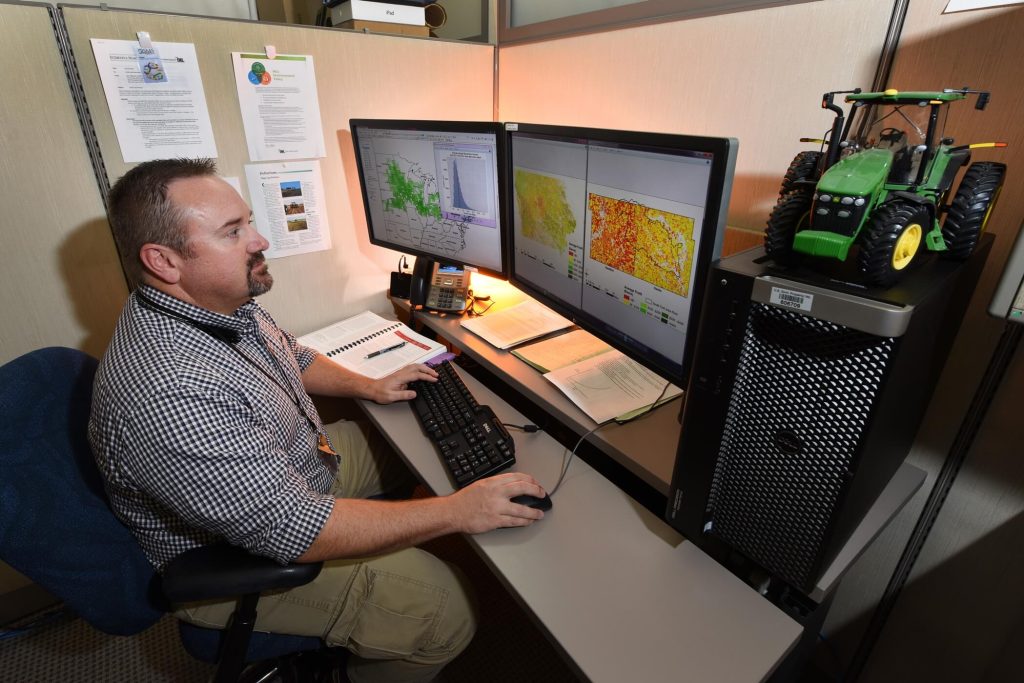
INL researchers say the bioenergy industry could offer a solution to unprofitable yields: instead of grain on those underperforming parts of fields.
Innovation for electrical transmission grid discussed at workshop

Close to 70 people from DOE and the electrical utility industry came to INL for a Dynamic Line Rating (DLR) workshop hosted Nov. 7-9.
Technique could help the nation’s coal plants reduce greenhouse gas emissions
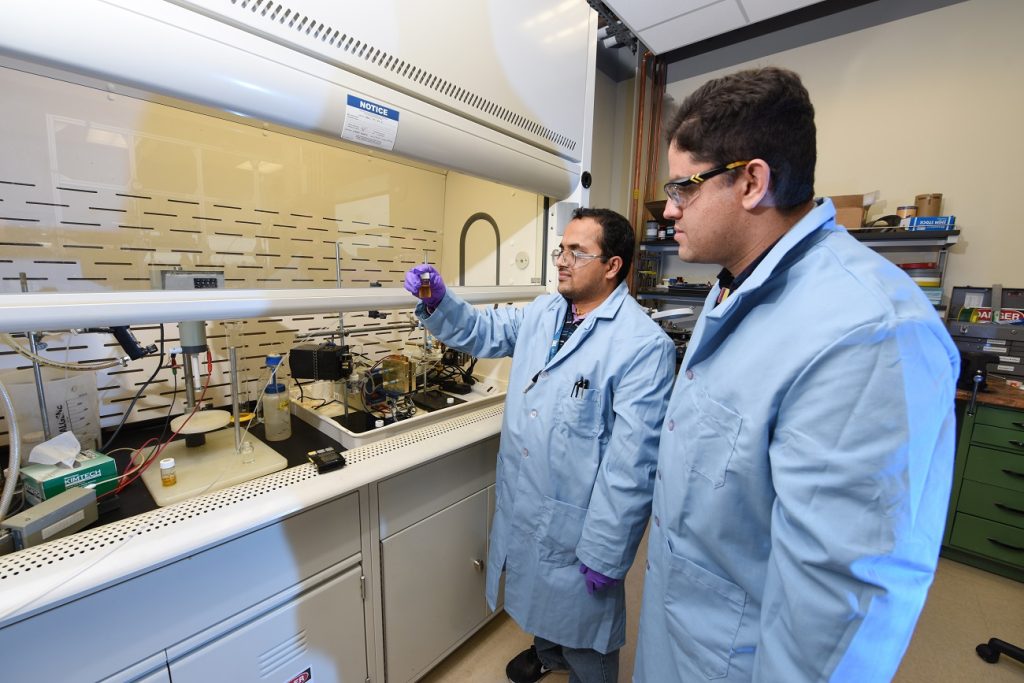
INL scientists have developed a new process for turning captured carbon dioxide into syngas, a mixture that can be used reduce greenhouse gas emissions.
Turning gross grease into biodiesel

INL researchers are testing the commercial possibilities for a technology that converts rancid grease into ASTM B-100 biodiesel fuel.
IDRs are key measure of innovation

A Invention Disclosure Record (IDR) measures an innovation’s ability to create jobs, improve national security, and improve or save lives.
Sustainable e-recycling process economically competitive with current practices
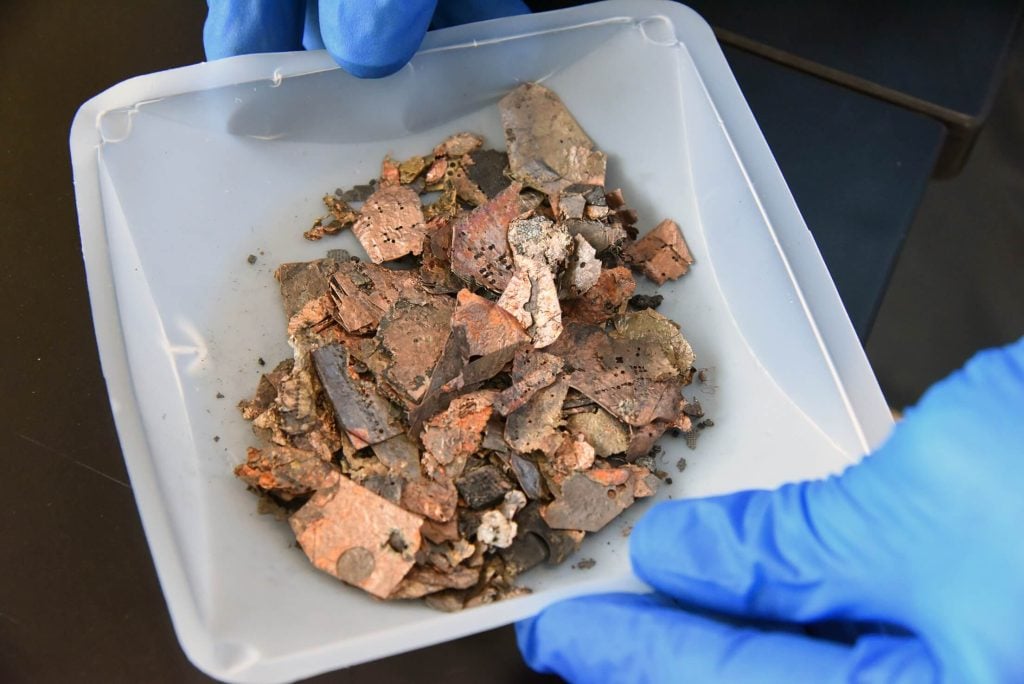
INL researchers have made a case that a process that offers an economically competitive alternative to traditional smelting processes.
Native Americans used lava tubes as refrigerators during lean times
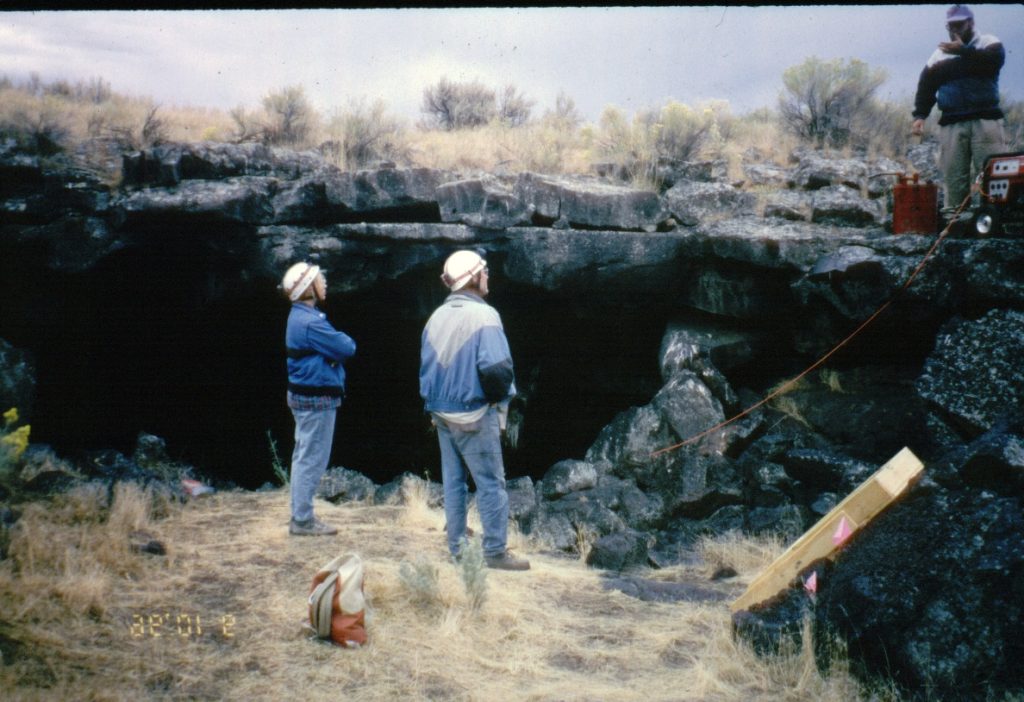
40 years ago, Tom Miller discovered a cave near the eastern Idaho Big Southern Butte hiding a mystery unlike any previously found on the Snake River Plain.
Idaho researchers slash cost of providing biomass for biofuels production
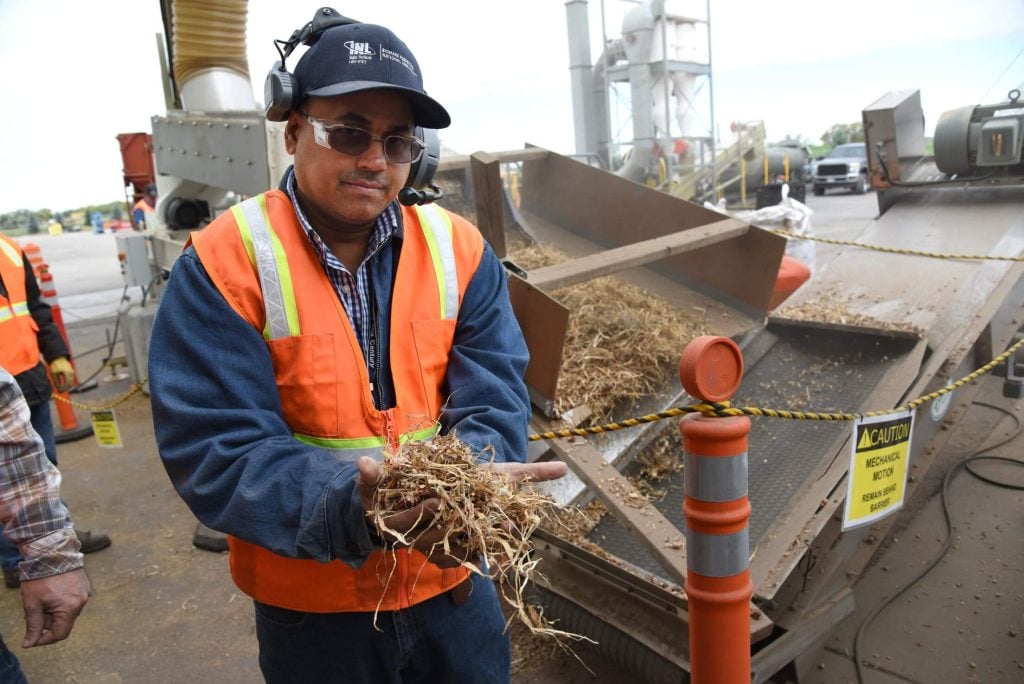
INL researchers helped meet biomass cost challenges by reducing the modeled cost of growing, harvesting, storing, transporting and preprocessing biomass.
The electrochemical process could eliminate the need for high-energy steam cracking
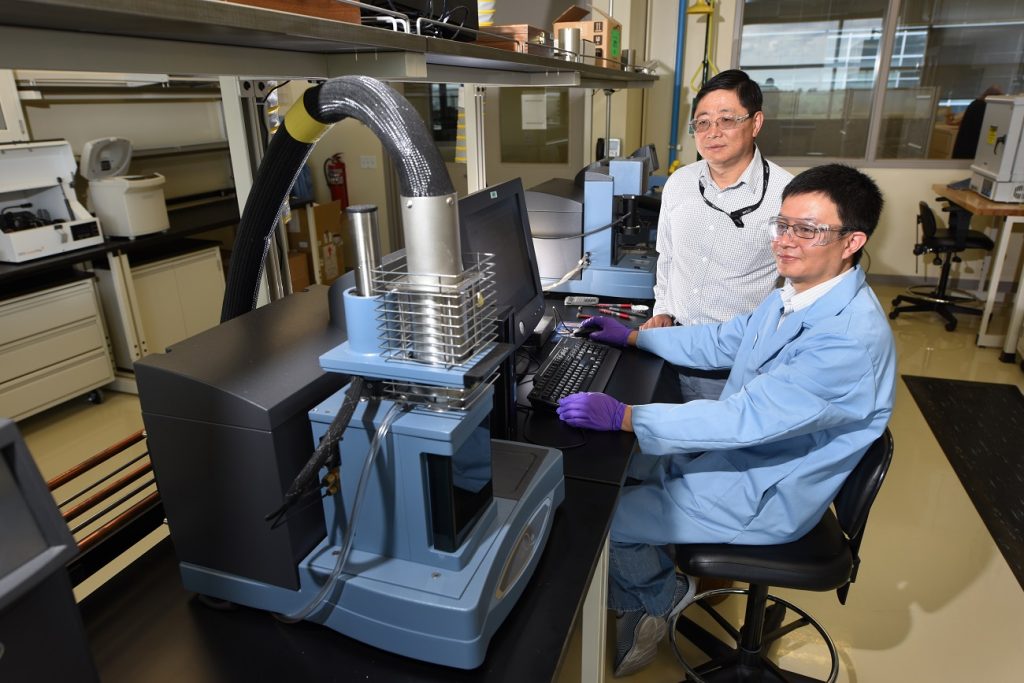
A team of Idaho National Laboratory researchers has now pioneered an electrochemical process that could eliminate the need for high-energy steam cracking.
Low-temp hydrocarbon cracking could make plastics from natural gas
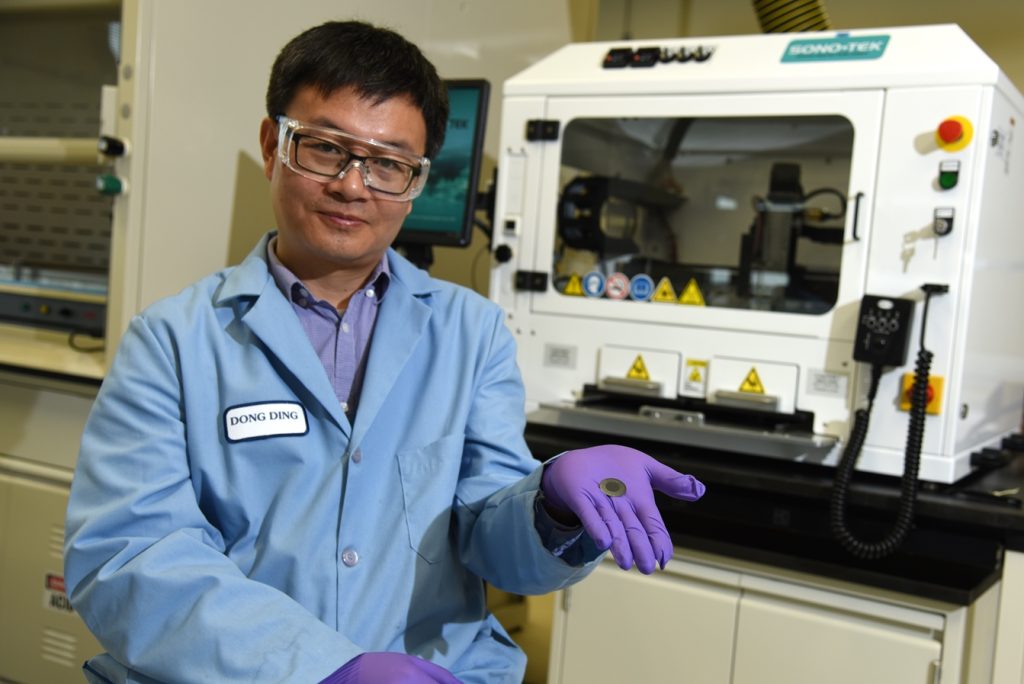
A team of Idaho National Laboratory researchers has now pioneered an electrochemical process that could eliminate the need for high-energy steam cracking.
Peculiar fluids offer clean alternative to traditional rare earth separation
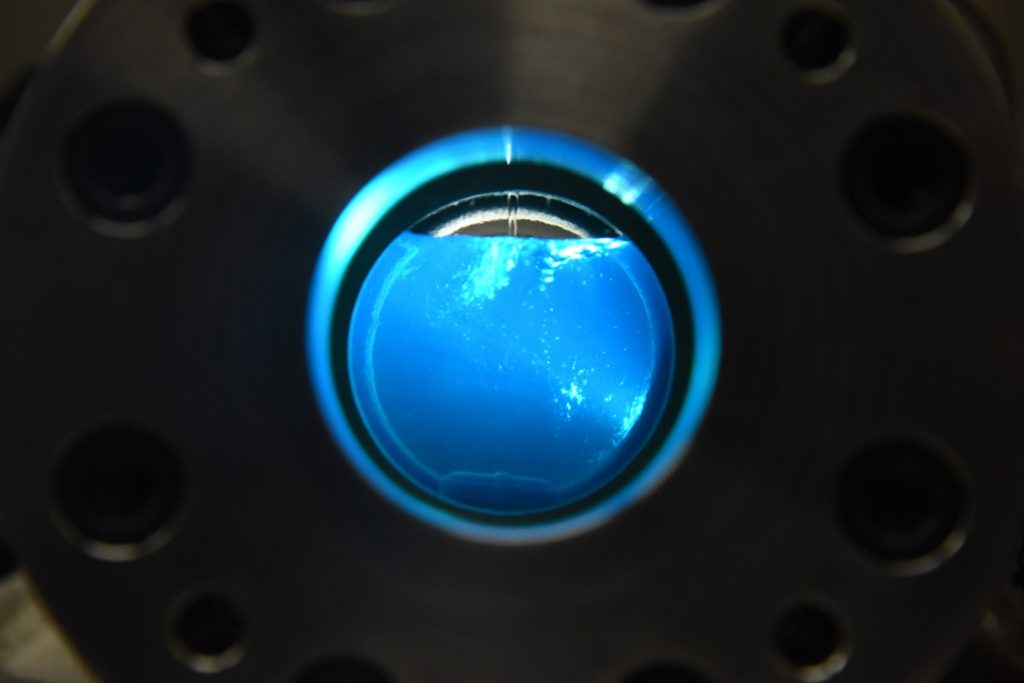
DOE recently awarded funding to INL researchers who are developing a more efficient process of creating rare earth element-based technology.
World’s fastest supercomputers to help model how liquids move through shale

An INL researcher is trying to discover what happens when pressurized CO2 interacts with oil or gas in shale using the nation’s fastest supercomputers.
Pioneering research conducted at INL more than a decade ago now reaching the marketplace
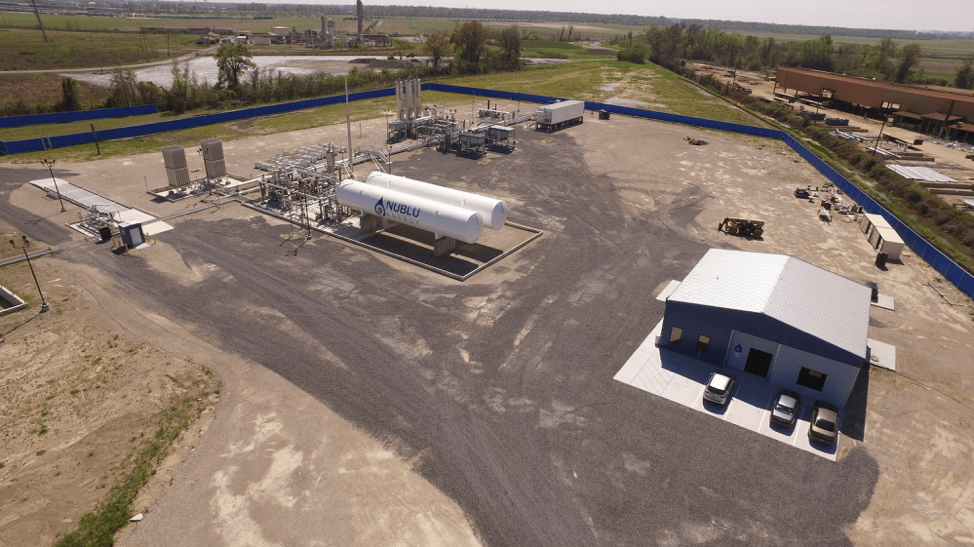
A new natural gas liquefaction facility that uses cryogenic technologies is utilizing research pioneered at INL over a decade ago.
A combination of microbes, organic acids and soap could help clean up oil spills
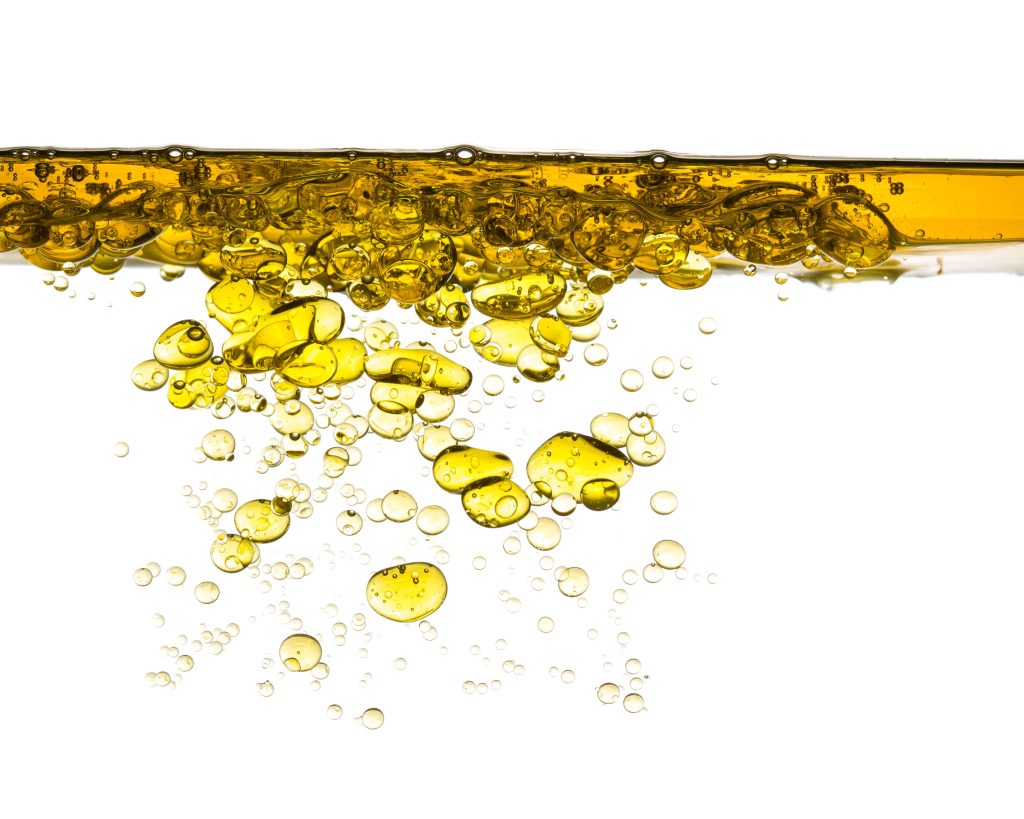
INL researchers are helping develop a Trace Element Humate Surfactant, which would be an environmentally friendly way to clean up oil and other spills.
EV charging in cold temperatures could pose challenges for drivers
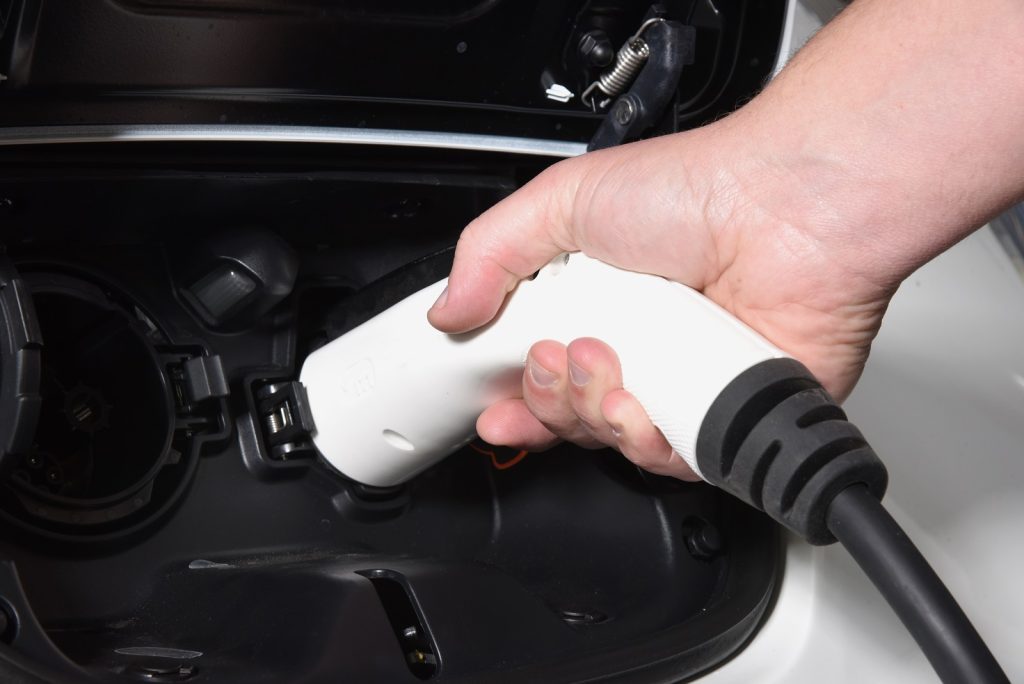
A new INL study on charging in cold temperatures suggests that industry and electric vehicle drivers are still facing charging challenges in colder climates
The new study was posted last week by the journal Energy Policy

New research from Idaho National Laboratory suggests that electric vehicle drivers could face longer charging times when temperatures drop.
INL firefighters prepare for potentially high wildfire season
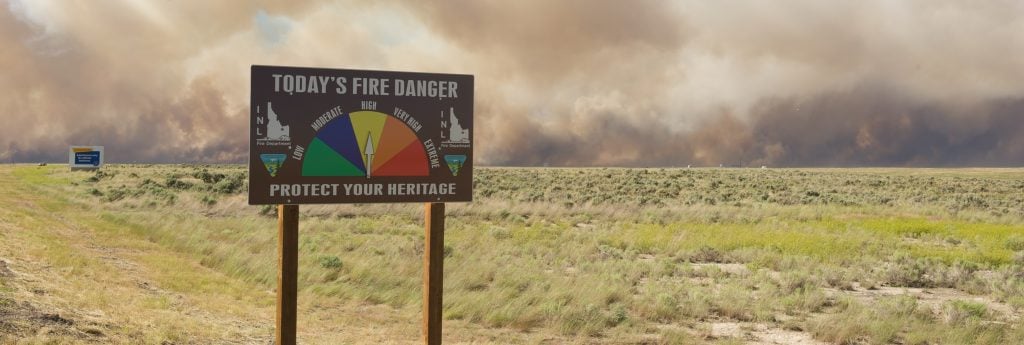
Wildland fire season has arrived at the Idaho desert. The INL Fire Department is ready to help employees stay safe during this high-threat time period.
Advancing high temperature electrolysis: Splitting water to store energy as hydrogen
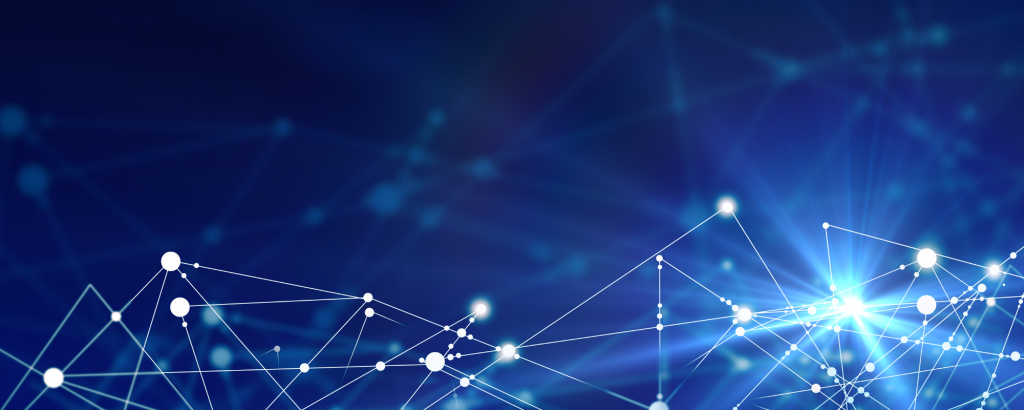
INL researchers have discovered a way to store excess energy so it can be released back onto the power grid when it is needed.
